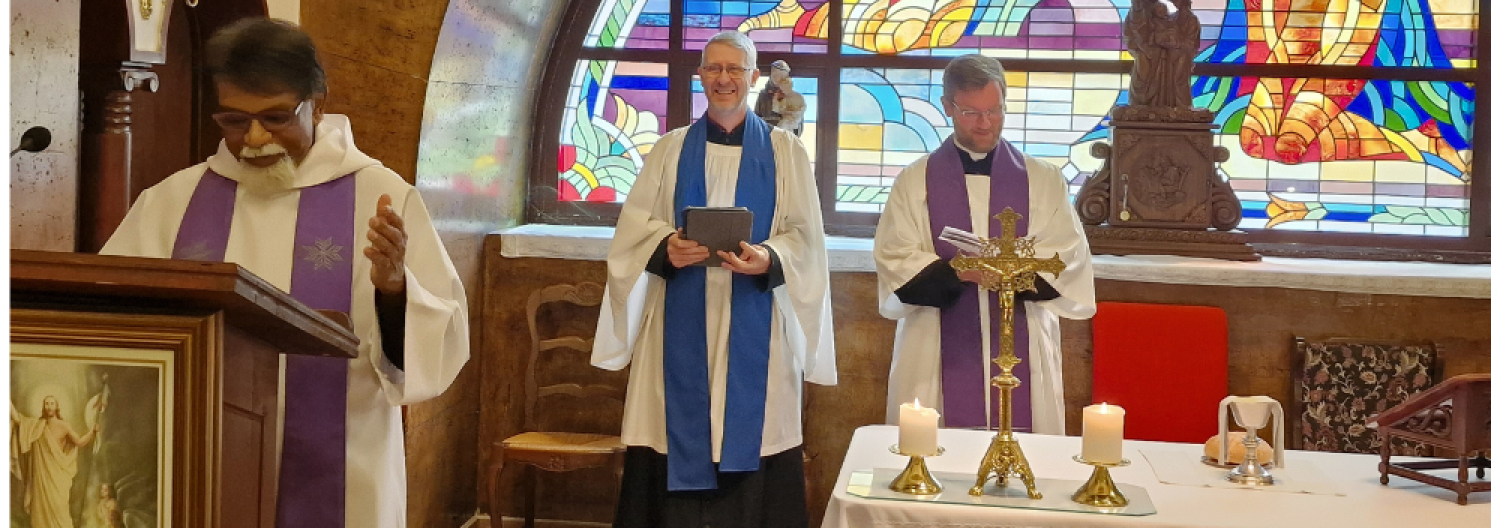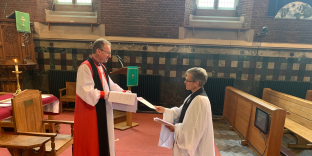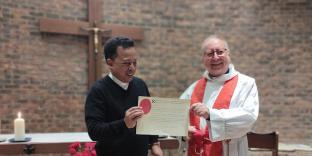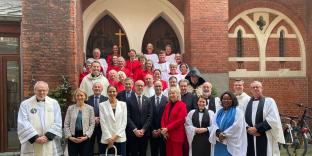Chaplaincy guides

Running a thriving chaplaincy depends on an effective and sustained partnership between chaplains and lay members.
We are committed to supporting clergy in their role. The vision of the Church of England’s Covenant for Clergy Care and Wellbeing is that supporting clergy in their ministry will become an integral part of the life of the Church and part of the DNA of every aspect of our mission and ministry.
We have created a series of user guides for chaplaincies which cover a range of essential issues. These are aimed at sharing good practice from around the diocese to support chaplains before, during and after their arrival, so that they and their families settle in well and feel properly supported. The subjects covered in these guides are below.
All of these guides can also be found in the Diocesan Handbook.
The aim of these user guides is to signpost, advise and inform in ways that will enrich our joy in having a thriving and richly diverse diocese that is unique within the Church of England.
Welcoming a new Chaplain – Chaplaincy User Guides







Further Chaplaincy User Guides




Guidelines for retired clergy
The process of retiring from a full-time ministerial role is complex and can have an enormous impact on the lives of clerics and their families. Preparing for retirement should begin a number of years in advance.
But retirement is often not the end of service – ordination can be for life! Many retired clergy want to continue to offer their expertise after they have stepped away from full-time roles. Retired clergy are a reservoir of theological, spiritual and practical experience which can be a huge support for a chaplaincy
You can find our guidelines on preparing for retirement in our Diocesan Handbook or below.
Attachment